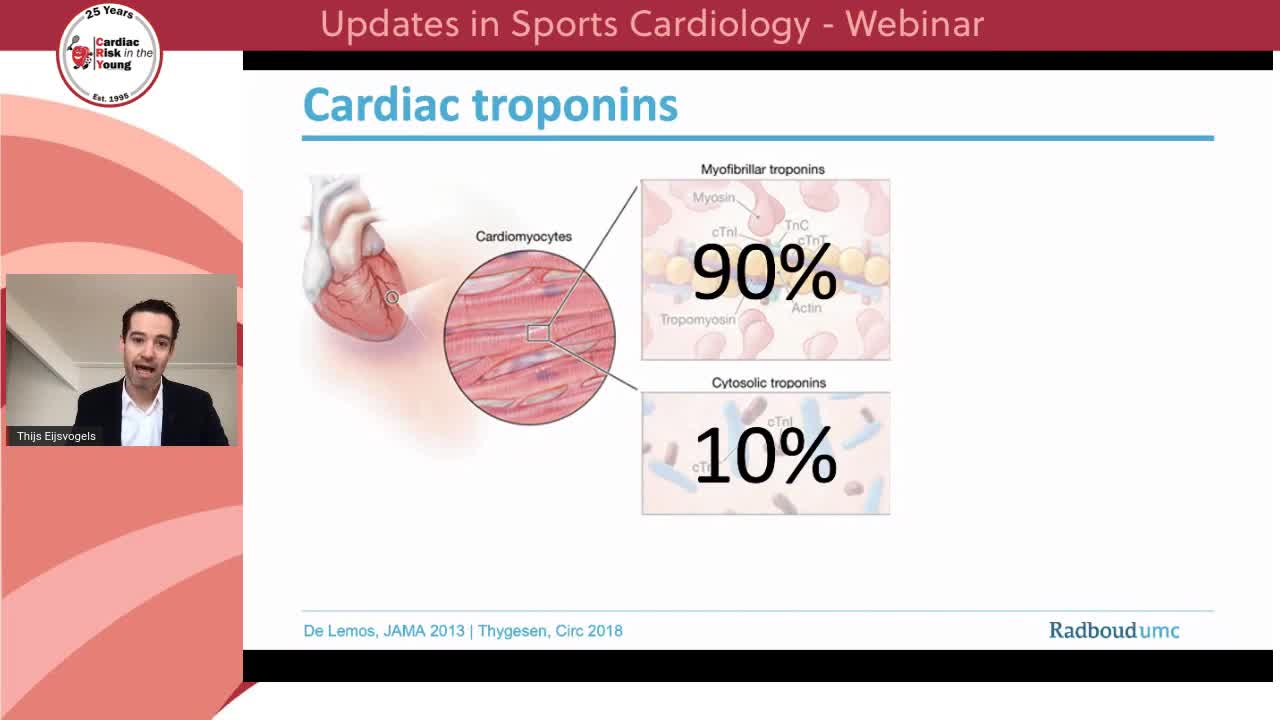





The role of hsTn in assessing patient risks following cardiac surgery: new insights for improved care
Levels of troponin currently recommended to define clinically important periprocedural myocardial injury may not be appropriate for high sensitivity troponin assays; definitions should be...
Levels of troponin currently recommended to define clinically important periprocedural myocardial injury may not be appropriate for high sensitivity troponin assays; definitions should be re-evaluated.
There is a need for further validation in the cardiac surgery population, further research in those undergoing percutaneous coronary intervention, and to evaluate new evidence of ischemia in conjunction with current-generation troponin assays.
Watch this educational video from Abbott to find out more.






